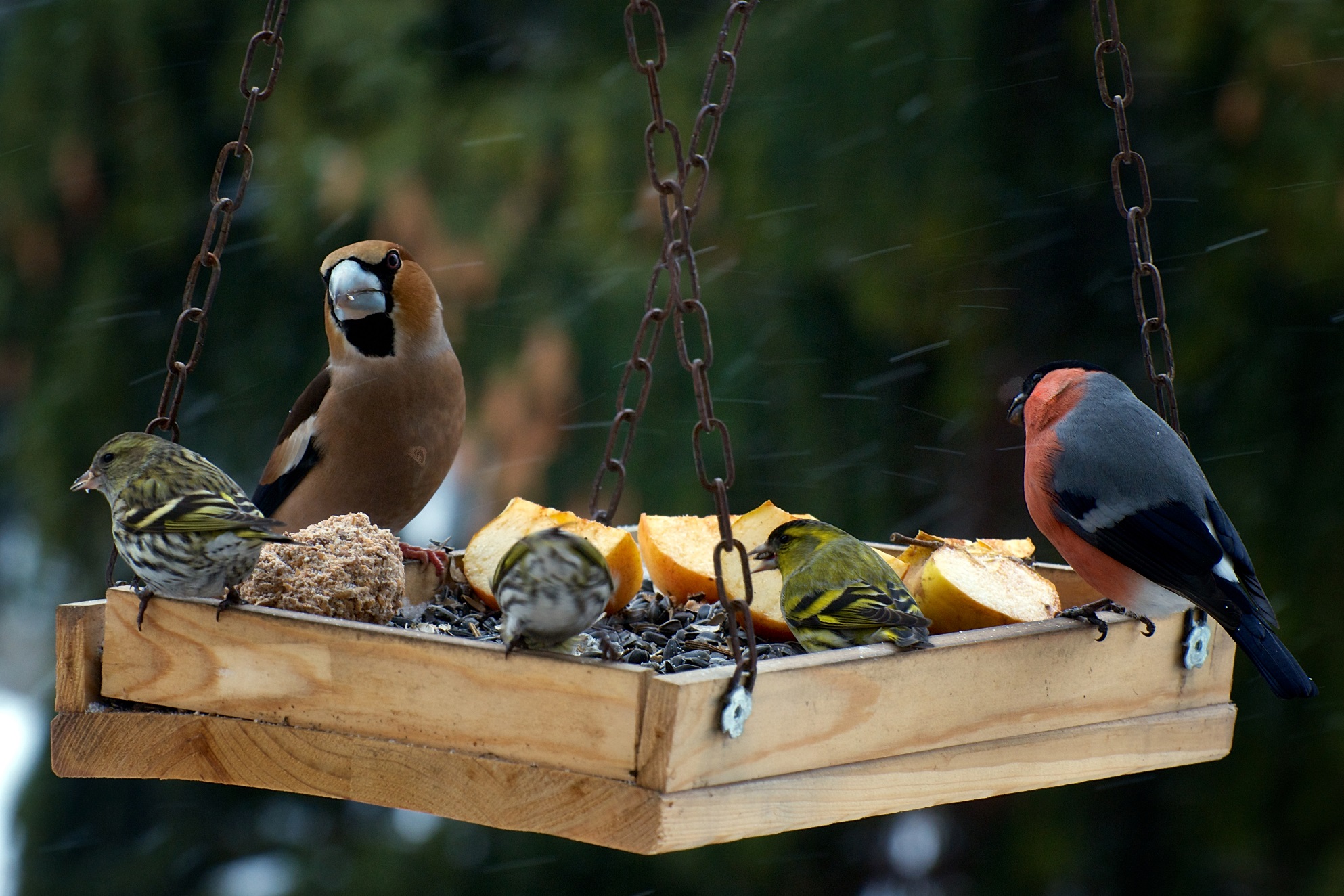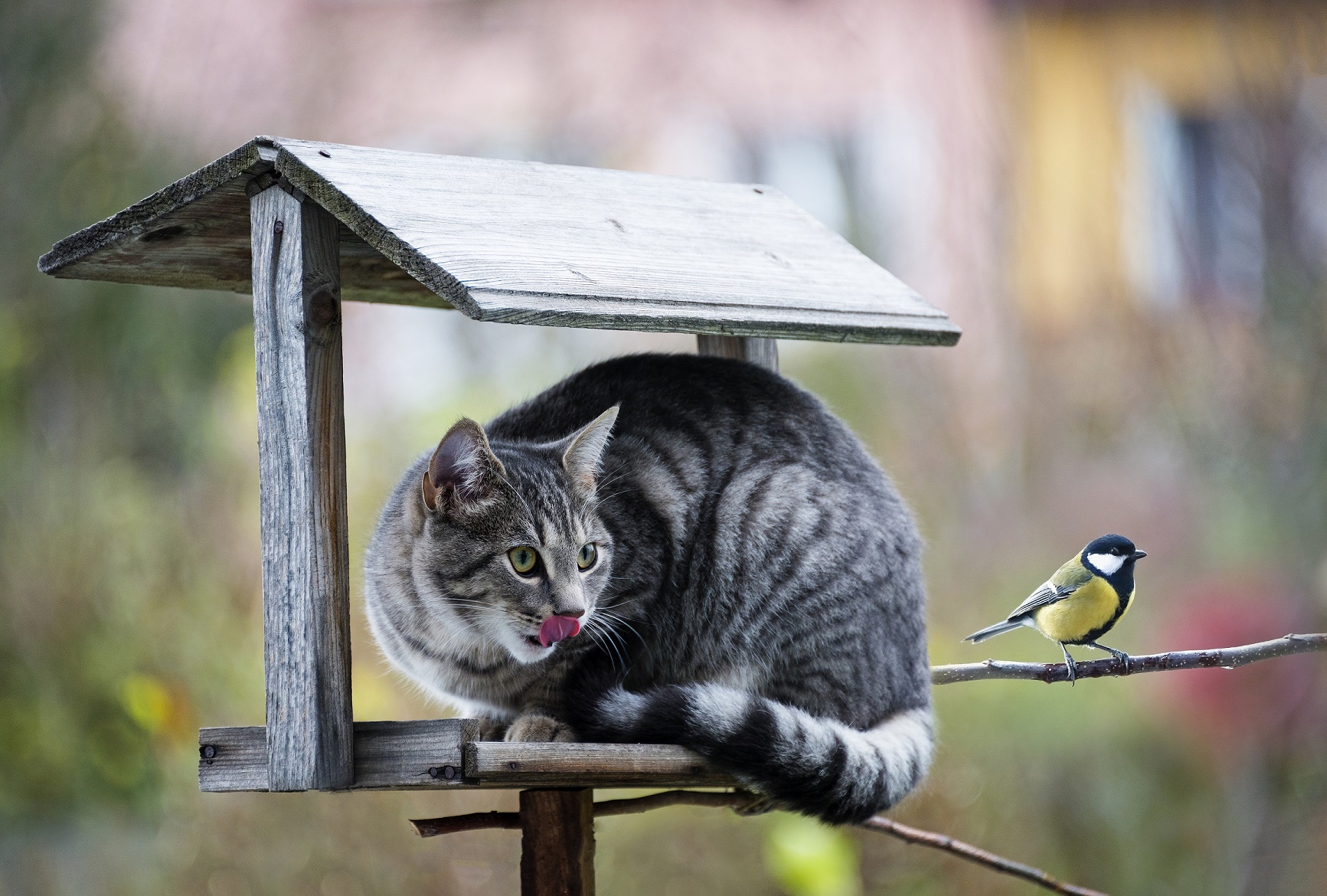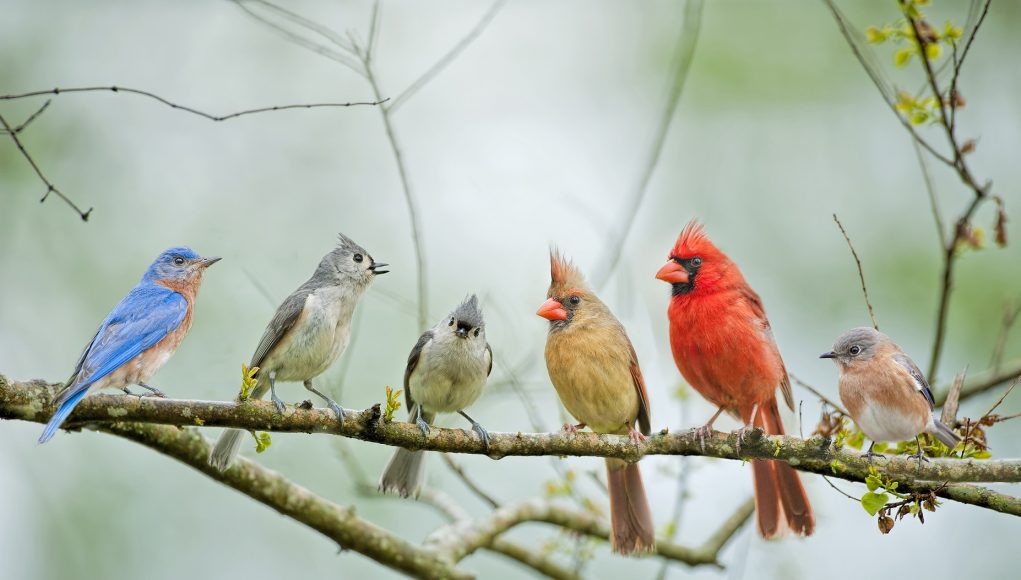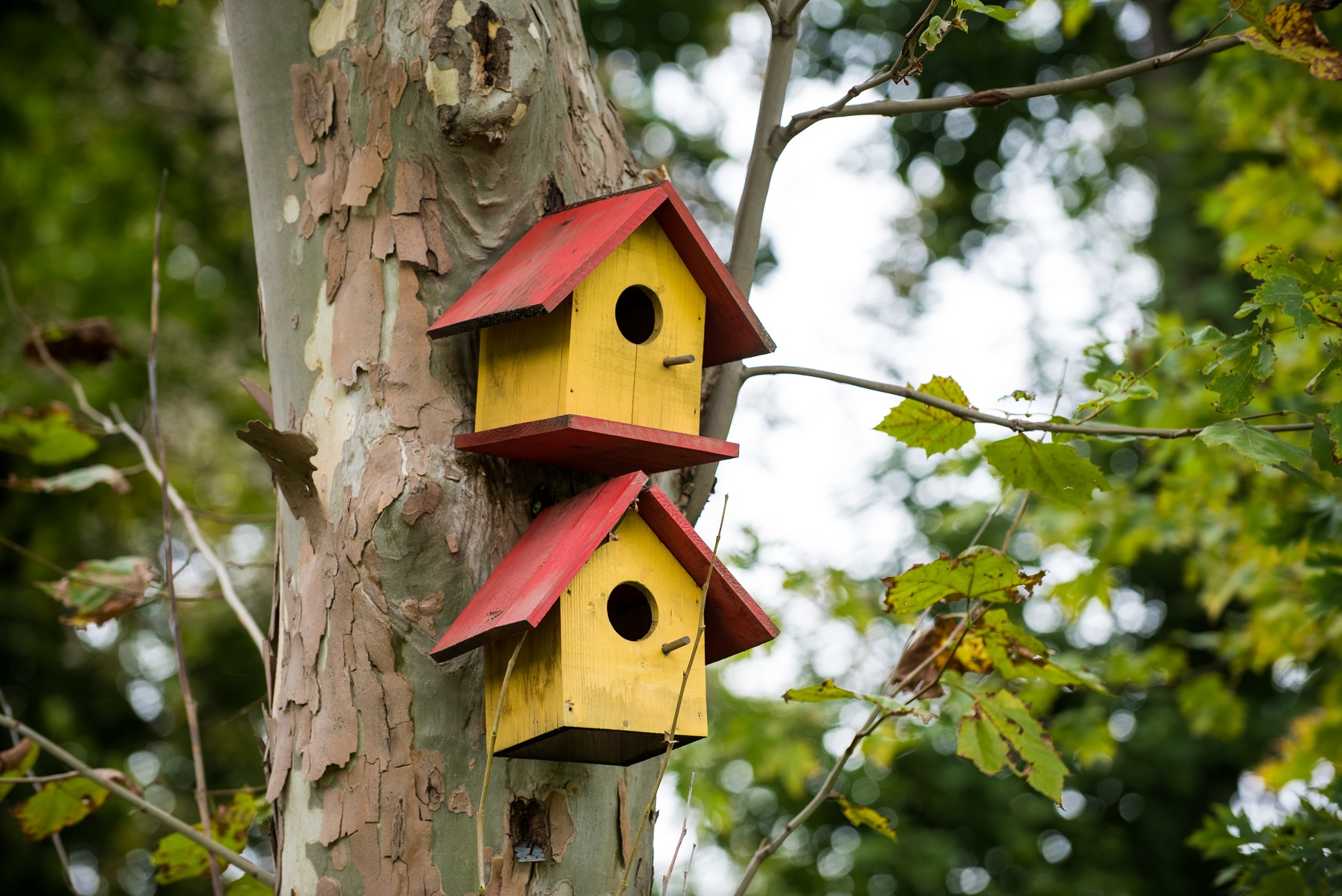Hacks for a Bird-Friendly Garden
Unplanned urbanization means there is less habitat for non-human species. Disappearing lakes have withdrawn a once-open invitation to migratory birds, modern architecture has stolen the nesting cavities in which they would raise their young, while other aspects of ‘development’ have put a deadly strain on bird populations.
There are many ways to support more bird life in your garden. The primary needs of any animal are food, water, shelter and a place to raise their young. If these are sorted, they will take notice, accept your friendly gesture, visit frequently and if you’re lucky, even nest in your garden.
Making your garden bird friendly is easy:
 Food: Based on diet, birds can be categorized as nectarivore (nectar from flowers, pollen, some insects and seeds), granivore (grains and seeds), frugivore (fruits, flowers, nuts, seeds) and omnivore (seeds, fruits, insects, invertebrates). Equipped with this information in context of local species, you can set up multiple food sources accordingly. Provide food for birds by:
Food: Based on diet, birds can be categorized as nectarivore (nectar from flowers, pollen, some insects and seeds), granivore (grains and seeds), frugivore (fruits, flowers, nuts, seeds) and omnivore (seeds, fruits, insects, invertebrates). Equipped with this information in context of local species, you can set up multiple food sources accordingly. Provide food for birds by:
- Planting fruit trees: Prioritize the growing of fruit trees that are certain to attract frugivores. The choice of tree will depend on the amount of space you have. Good examples are Singapore cherry or fig.
- Growing the right flowering plants as nectar banks: Opt for flowering plants; they are an abundant source of nectar. In fact, nectarivores like the sunbird are known to locate and defend sources of nectar. By growing certain flowering plants, you are invariably creating nectar banks that are sure to draw them in. Some plants that attract sunbirds are – red powder puff, jacaranda, bottle brush, cup and saucer plant and passion flower.
- Putting out bird feeders: The Internet is full of simple designs for easy-to-build, low-cost bird feeders. Take time out to make one, recycle old materials instead of buying new ones and make sure none of the materials you use are toxic in any way.
 Water: Put out bird baths as an all-year-round water source for birds. Ensure that they are not massive as they will be useless to small or medium sized birds. Just a bowl of water will be redundant if you do not provide natural perches (using logs, bark, sticks, etc.) that help the birds drink.
Water: Put out bird baths as an all-year-round water source for birds. Ensure that they are not massive as they will be useless to small or medium sized birds. Just a bowl of water will be redundant if you do not provide natural perches (using logs, bark, sticks, etc.) that help the birds drink.
- Bird boxes: Making bird boxes is not difficult, but whether the bird occupies it is a different story. It is best to work backwards, i.e. know which bird you want to support/attract and build the box suitably. Specifications that are determined by the type of bird are size of the entry hole, shape and dimension of the box, and location of where it will be mounted. Place the bird box above average human height and away from general activity; birds need silence.
- Hides: Provide sufficient bird hides in your garden by leaving quiet spaces that offer camouflage and shade to passing birds.
- Trimming: Animals prefer bushy gardens as opposed to neatly manicured ones. Let your garden grow wild and create brush piles. You can start by clumping logs and branches together as certain birds will hunt, roost or even nest here.
 Keep cats away: Cats and humans are the only creatures who kill for fun. As an obvious predator of birds, keeping cats away from your garden holds good your invitation to birds.
Keep cats away: Cats and humans are the only creatures who kill for fun. As an obvious predator of birds, keeping cats away from your garden holds good your invitation to birds.- Silence and minimum human activity: Silence helps you spot more birds in the wild and the same rule applies when attracting them to your garden. You are likely to have more winged visitors if your garden is away from human activity and silent.
- Eliminate insecticides altogether: Insects are a primary source of nourishment for juvenile fledglings, and many bird species in general. Do not wipe them out.
- Dead trees: Provide space for birds to dwell, shelter from the vagaries of weather and somewhere to raise their young. The natural decomposition process makes dead trees a good source of worms and insects too.
- No lawns: Ecologically speaking, lawns have zero value and support absolutely no life. They are high maintenance, unsustainable and guzzle water.
- Leaf litter: Instead of clearing leaf litter, pile them up under shady trees. Eventually, they will decompose and become a good source of insects and worms for ground birds.













































